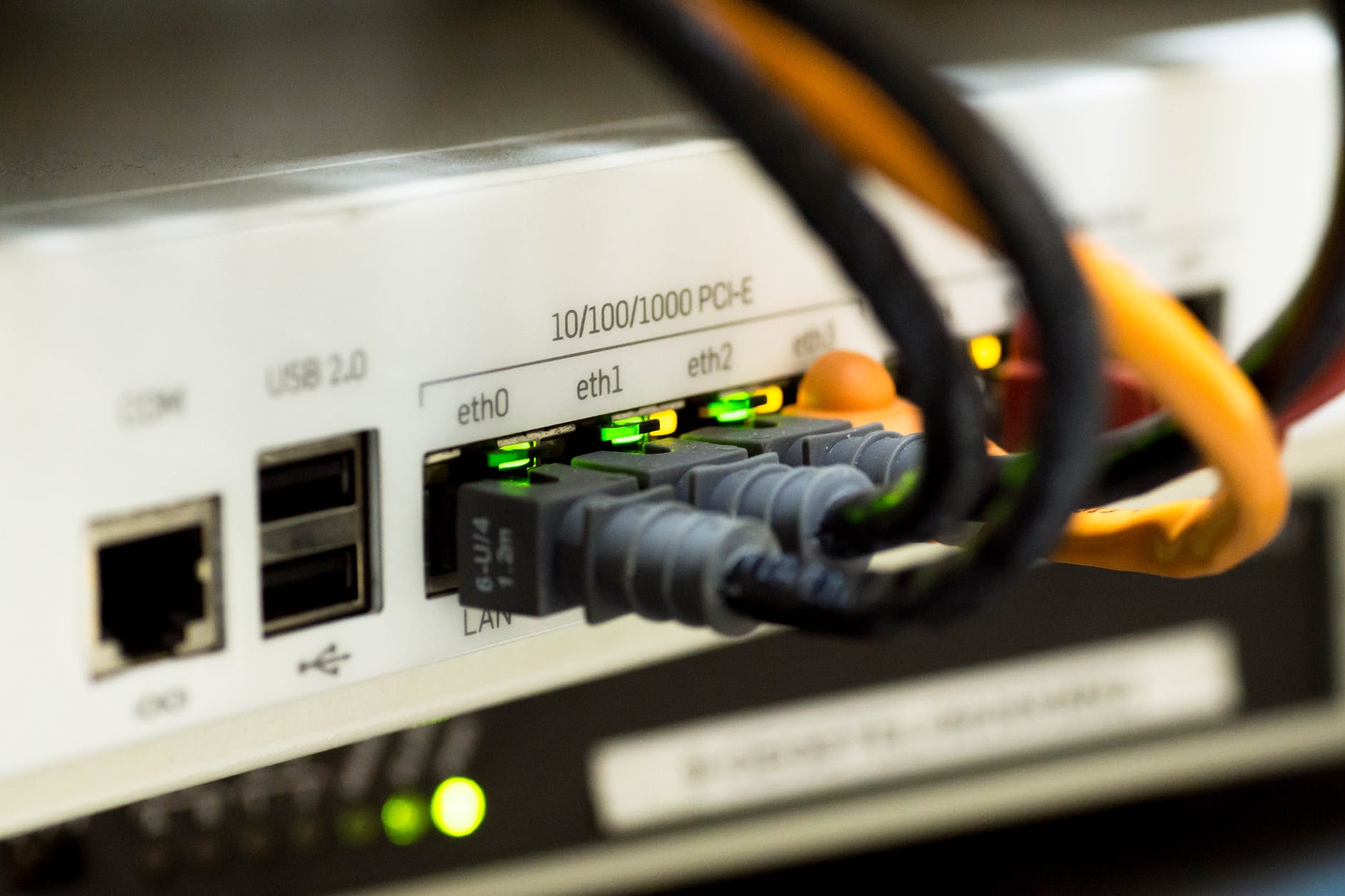Initial Post
A hub is a piece of hardware sometimes used in a local area network, which functions to allow and control communication between devices with the ultimate goal of enabling the transfer of data between computers (Anttalainen & Jaaskelainen, 2014). Given the number of computers, which are usually connected via cables, there is a large volume of data transferred in the network and there is a risk of the messages taking too long to be transferred. In the worst-case scenario, the data can be sent to the wrong computer. On this account, the bridge functions to connect the computers using only one cable (Anttalainen & Jaaskelainen, 2014). In contrast, the switch performs the simple task of receiving information and dispatching it to the appropriate destination. The function of directing traffic on the internet is the one done by the router. Hubs perform the primary function of communicating traffic to all ports of a network while bridges and switches router traffic to the destinations they are addressed from the sender (Anttalainen & Jaaskelainen, 2014).

Anttalainen and Jaaskelainen (2014) define a Local Area Network (LAN) as a computer network, which connects computers sharing a single server within a short radius. As such, this type of network is common in homes, offices, and schools. In contrast, a Wide Area Network (WAN) links various LANs, which may be connected to the public or limited to a certain organization. Metropolitan Area Network (MAN), one of the other hand, connects users in a specific region. The WAN connects a number of MANs, which in turn connect LAN in their region (Anttalainen & Jaaskelainen, 2014). The advantage of a local area network is that once correctly configured, it does not need a lot of maintenance. However, on the lower end, it is expensive to maintain its servers. Notably, the wide area network is easy to install but its transfer speeds are a bit slower. Metropolitan area networks allow multiple users of the network to enjoy the same high-speed network but the cost of this technology is very high to obtain and maintain.
Wi-Fi uses radio waves to provide internet connection to its users at high speed. However, it is limited to specific distances around the router. Cellular connection is a system having a number of small-interconnected transmitters, which have a wider network range when compared to the Wi-Fi connection (Anttalainen & Jaaskelainen, 2014). I would use Wi-Fi when working from a room or building where a high-speed network is required for efficiency. I would choose to work with the cellular connection when moving around and not grounded to a specific place.
Response to Student One
Thank you for the solid and interesting entry. After going through your response, the main thing I captured is the different functions of the hub, bridge, and router. Notably, I had not covered the majority of these roles in my post. You did a great job in explaining how these three work together in a network. Besides, you managed to properly state their differences without referring back to the functions of each one of them. In the second question, you clearly explained the meaning and functions of the three types of network that exist and managed to capture the primary pro and con each one of them has in their specific area of operation. However, you fail to cover the proper meaning and function of Wi-Fi networking technology and cellular transmitters. The explanation you provided is limited to the general explanation of each one of the transmitters being analyzed.
Response to Student Two
Thank you for sharing the insightful post. Generally, you have done a great job. However, the function and difference between the bridge, gap, and switch are not properly captured. It seems like you mixed up the function and roles of these three and ended up making the wrong answer for all of them. You, however, managed to get the correct function of the router in this case. I would propose you analyze your work and make proper answers to these four devices. In the case of the second question, I am impressed by the meaning and functions of the three types of networks you captured in the response. Evidently, you went into detail when explaining how each one of these functions and their meaning. In the last question, we had similar responses and you managed to cover the differences between the two network transmitters.
References
Anttalainen, T., & Jaaskelainen, V. (2014). Introduction to Communication Networks. Norwood: Artech House.







